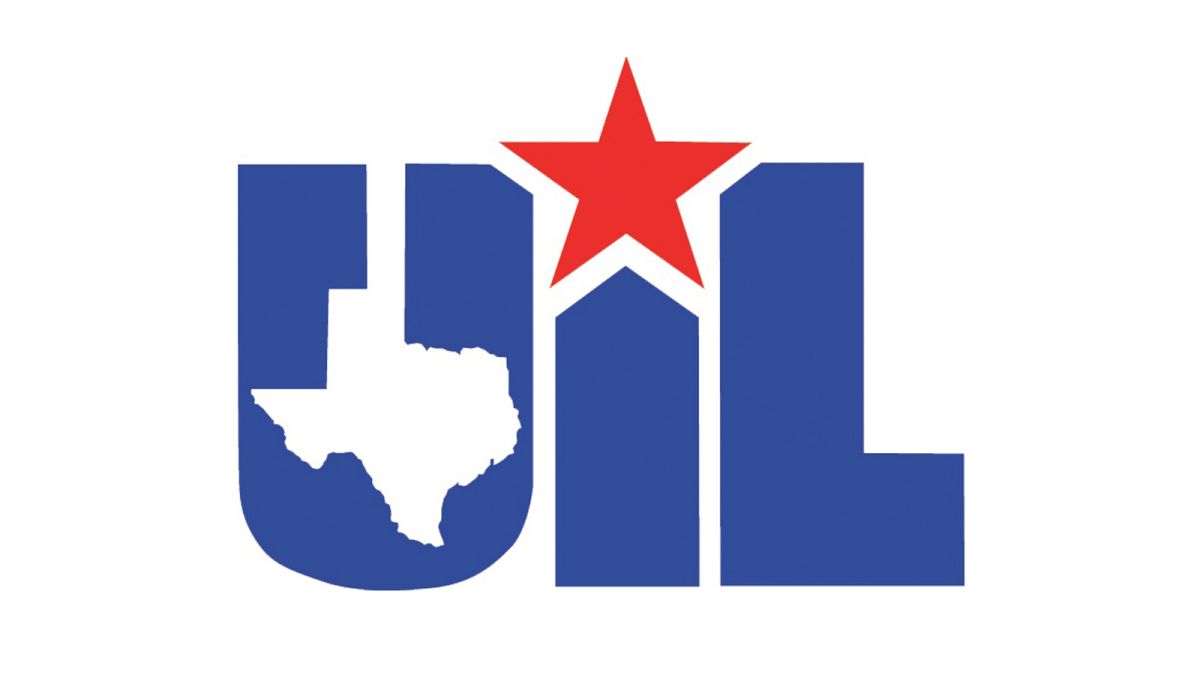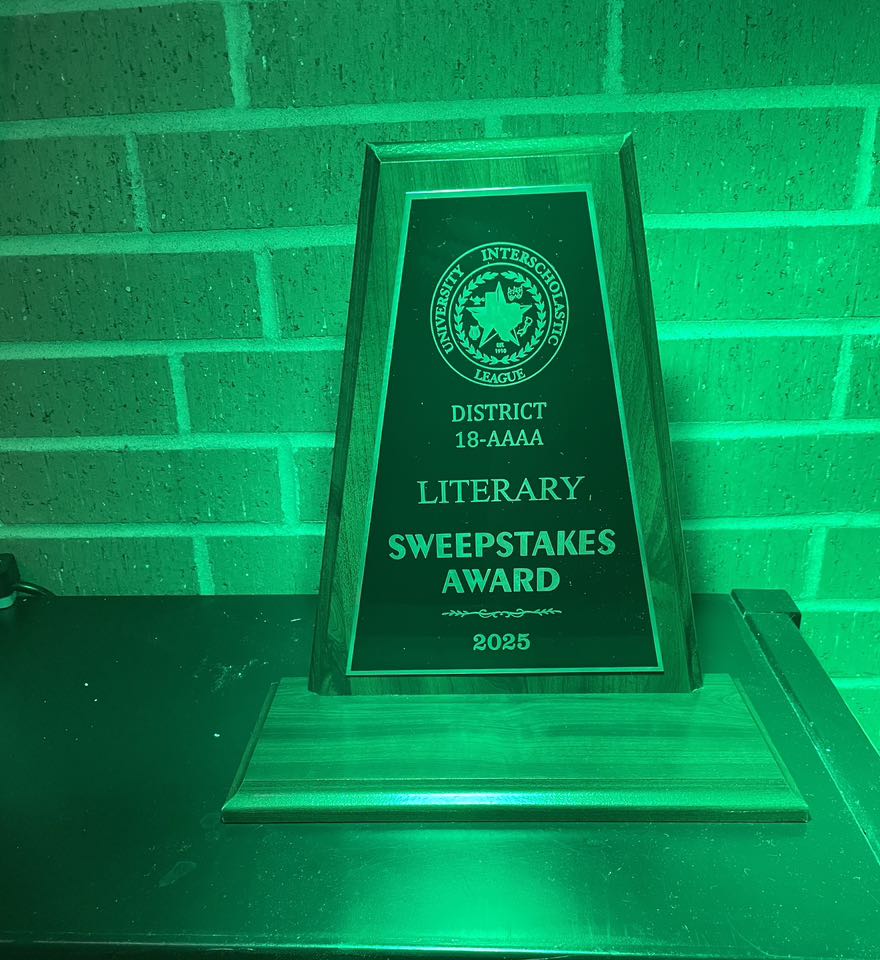When a student begins their high school career, they are first led through the class registration process by their respective counselor. While this process does include the core classes everyone first thinks of, it also introduces the idea of endorsements. This mandatory endorsement program began in the 2014-2015 school year, and has since been a graduation requirement for all students.
Endorsements can be divided into five main categories: fine arts, STEM, public services, business and industry, and multidisciplinary studies. Each of these categories is then further broken down into subdivisions, before the course plans for each are laid out.
Within the fine arts endorsement, there are six subcategories, beginning with the art, band, choir, and theater arts endorsements. Each of these require four years/credits in their respective classes (for example, band requires four years in choice band courses). Also included in the fine arts category is the foreign language endorsement, which requires four years in either Spanish or American Sign Language. Lastly, there is the social studies endorsement, which requires World History and U.S. History before allowing the student to choose two courses out of World Geography, World War 1 and 2, and U.S. History II their junior year, then transitioning into government and economics the student’s senior year.
The second group of endorsements is STEM, which includes four subcategories, the first of which is math. A math endorsement requires four math credits, requiring them to be above Algebra II their junior and senior years, along with physics. Next is the science endorsement, which requires biology, chemistry, two choice science classes, and physics. Alongside these is the engineering endorsement, which includes all four years of engineering and physics. Last of these is the programming and software development endorsement, which requires all four computer science courses and physics.
The high school’s third group of endorsements is public services, which begins with cosmetology, Within this endorsement program, a freshman begins with Principles of Cosmetology, then taking Intro to Cosmetology I, and ending their endorsement with two years of cosmetology with lab. Second is the education and training endorsement, which starts students off with Principles of Human Services, then enrolls them in Child Development, Principles of Education and Training, and ending with Instructional Practices. Next is the health care therapeutic endorsement, including Principles of Health Science, Principles of Therapeutic Healthcare, CNA, EMT, Pathophysiology, and anatomy. Last in this category is the community health worker program, requiring Principles of Human Services, Child Development, Lifetime Nutrition and Wellness/ Interpersonal Studies, and ending with project-based research.
Fourth comes the business and industry category, including eight subcategories. The first of these is animal science, which requires Principles of Agriculture, Livestock, Vet Med, and either Advanced Animal Science or a veterinary internship. Secondly, there is business management, which encompasses Principles of Business, Marketing, and Finance, Business Information Management 1 and 2, and Business Management during a student’s senior year. Next is carpentry, which includes Principles of Construction and Construction Technology 1 and 2. Following these is the communication/ journalism and debate endorsement, which requires students to begin with either Journalism 1 or Introduction to Debate, then allows them to choose their next three journalism or debate courses. The fifth endorsement in this category is culinary arts, which includes Introduction to Culinary Arts, Culinary Arts, and Advanced Culinary Arts. This endorsement is followed by career preparation, which starts students with Principles of Business, Marketing, and Finance and then moves them to Career Preparation 1 and 2. Second to last in this category is process operations, which first gives students a choice of Principles of Agriculture or Architecture, Engineering 1, or Introduction to Construction or Welding, then transitions to Process Operations 1 and 2. This category ends with welding, which first has students take Introduction to Welding, and then enrolls them in Welding 1 and 2.
The last category of endorsements is multidisciplinary studies, which has three endorsements included, beginning with the four by four endorsement. This requires students to receive four credits in each core subject. AP or dual enrollment credit is the next endorsement, which allows student to pursue an endorsement with four AP credits, four dual enrollment credits, or a combination of the two. Last of all of the endorsements is the advanced courses endorsement, which allows the district to determine if the advanced CTE requirements are met.














